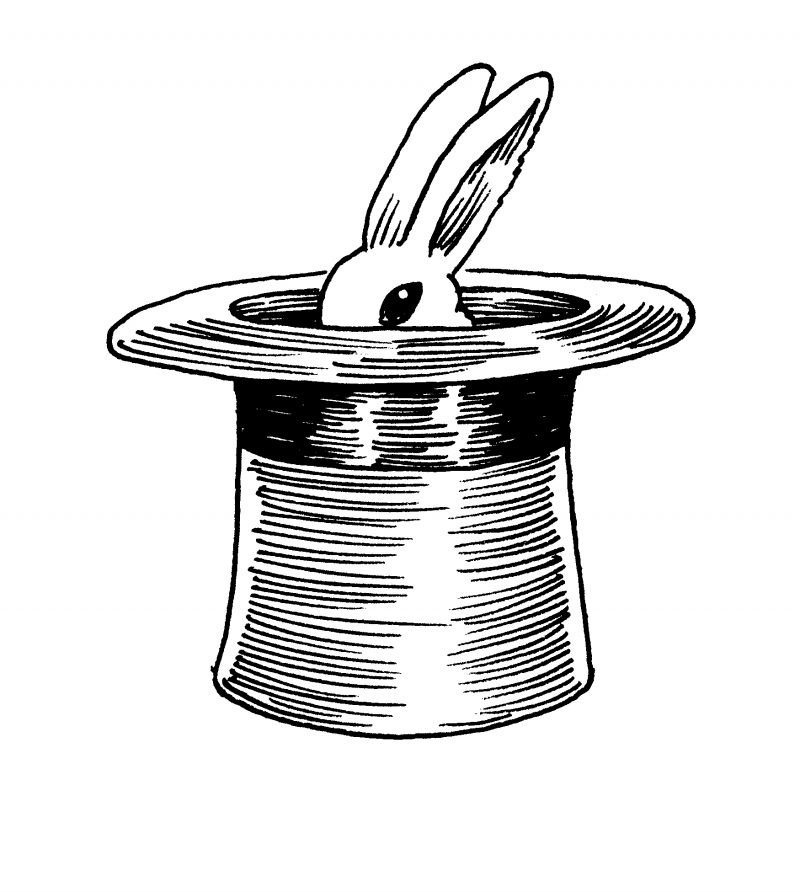I. Hat Trick
One night in the mid-1800s, in Nashville’s Masonic Hall, a man billing himself as “the Genuine Fakir of Ava” brought his card tricks and fast-paced patter to a halt. To continue his show, he announced, he would need the help of a lady from the crowd. Where, he asked the audience, might the most prominent lady in Nashville be seated?
The audience turned toward Sarah Childress Polk, widow of the eleventh U.S. president, James K. Polk, and a longtime resident of Tennessee. The Fakir of Ava asked Mrs. Polk to entrust to him the new French bonnet she wore, the one purchased that day at Nashville’s most exclusive millinery shop. Cautiously, she yielded to his request. First, the Fakir dropped the hat into a footlight, wherein it briefly caught fire. He tore the smoking fabric and flowers into scraps, which he then loaded into a gun and fired at the ceiling, blizzarding the crowd with blackened hat bits and filling the hall with smoke.
The Fakir, nonchalant, passed out slips of paper and asked each person to write down a place where the hat might be located. Placing the slips into a black bag, the Fakir extended it to Sarah Polk. She picked one.
It read, “The clapper of the bell in the steeple of the Methodist church.”
The city’s mayor and a committee of citizens rushed to the nearby church and back again, bearing their prize: a hatbox, which they had found hanging from the clapper of the church bell by a ribbon. It contained Sarah Polk’s hat, identical in every particular except for one small detail, unnoticeable to the crowd: the presence of the maker’s label within the hatband.
The effect of this illusion on the audience, it was later noted, was “profound.” To the Fakir of Ava, the man who was one of the mid-nineteenth century’s most famous magicians, and—if you trace such lineages, as magicians do—the forefather of American magic, through a bloodline that would run from Harry Kellar to Harry Houdini and Howard Thurston, on to the best and most daring of modern-day illusionists, it was all in an evening’s work.
For her part, Sarah Polk—either because she was fooled, or because she wasn’t—always maintained that the hat she got back was better than the one she had worn to the show.
II. The Illusionist Prepares
In an age in which show-business careers were built through countless live repetitions of complicated shows mastered over long periods of trial and error, then dispensed from the buckboards of wagons rumbling from one hayseed town to another—until at last the theaters in big cities like Philadelphia could...
You have reached your article limit
Sign up for a digital subscription and continue reading all new issues, plus our entire archives, for just $1.50/month.
Already a subscriber? Sign in





